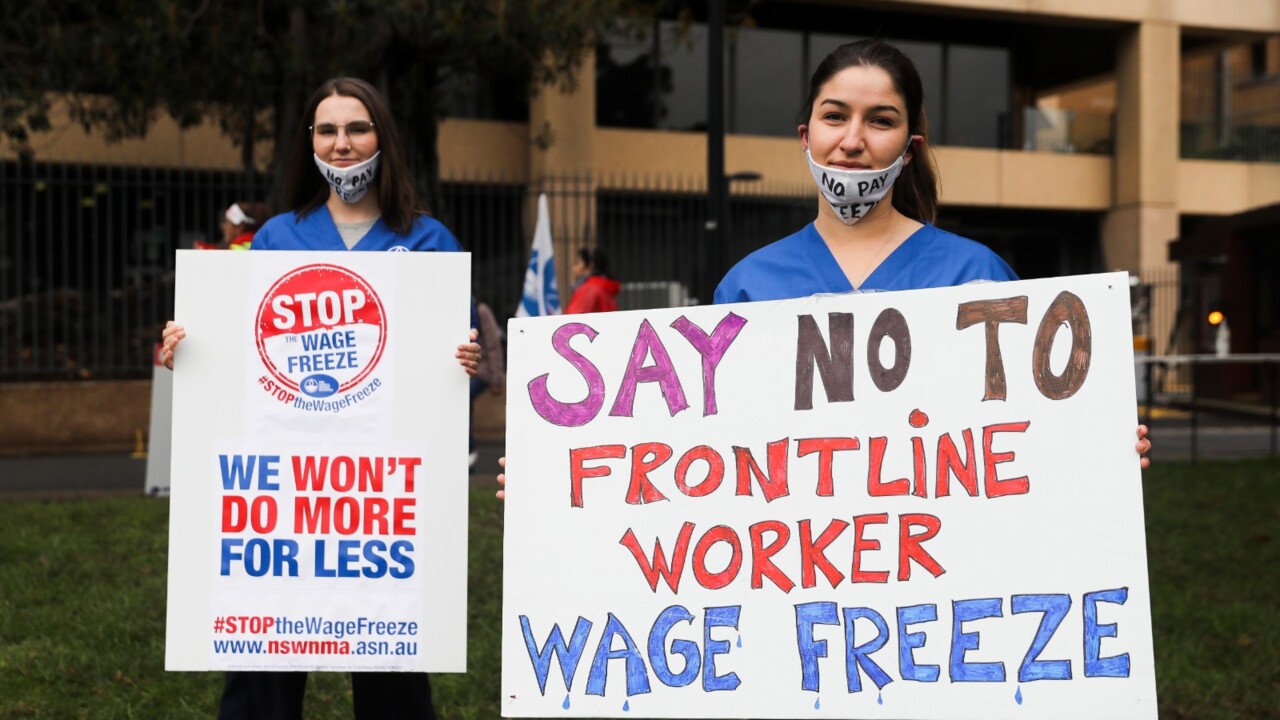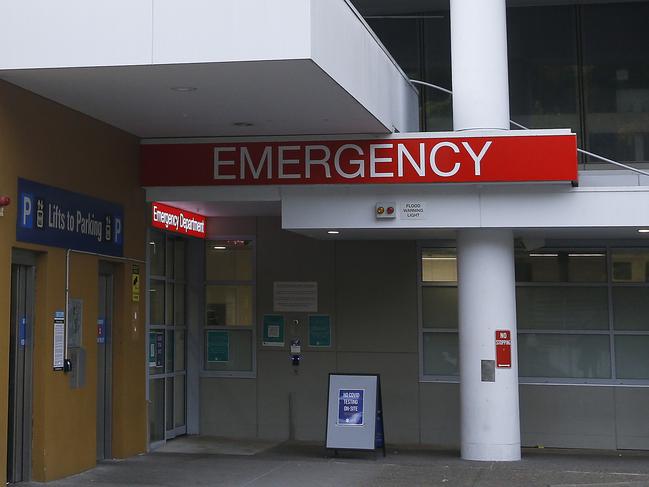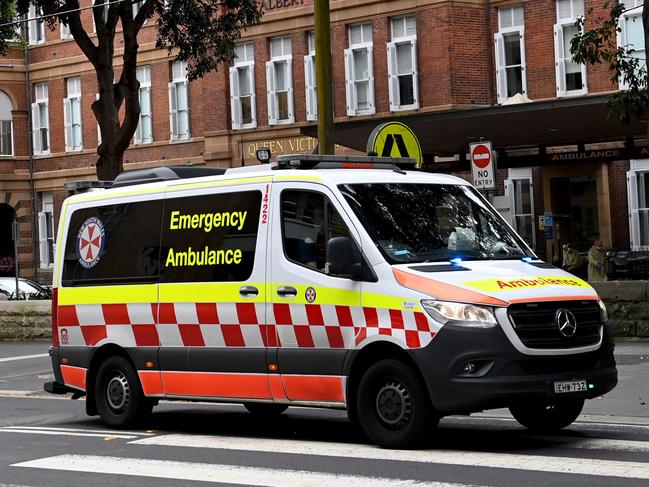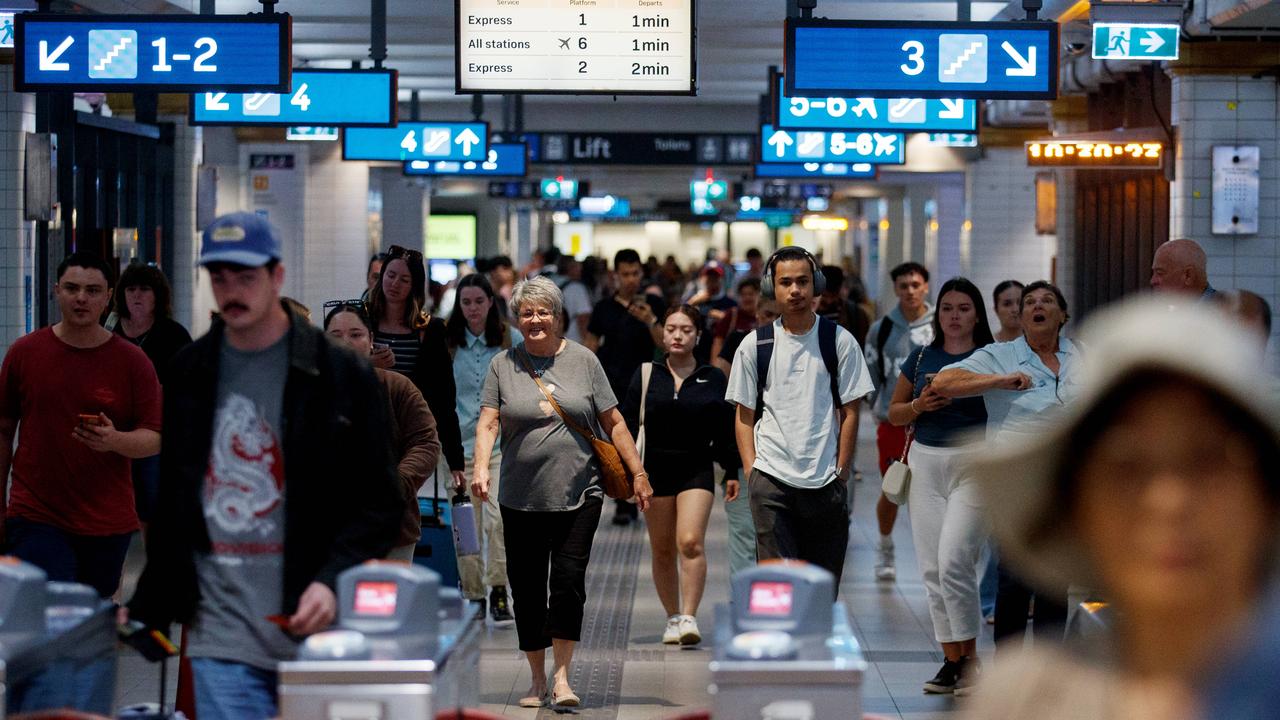NSW Ambulance report reveals slow response times for high priority patients
Western Sydney patients with life-threatening health conditions are waiting more than 20 minutes just to be allocated an ambulance.

NSW
Don't miss out on the headlines from NSW. Followed categories will be added to My News.
Western Sydney patients with life-threatening health conditions waited more than 20 minutes just to be assigned an ambulance and another two hours before being offloaded into hospitals on Tuesday as the network struggled to keep up with demand.
NSW Ambulance managers and trainers were pulled off their duties and sent on the road on Tuesday when the network was pushed to status three mode — its highest possible emergency response level.
The crisis mode signals that demand is dramatically outstripping availability and is further proof the network is being stretched its limits, the paramedic union says.
The Daily Telegraph can reveal that as wait times balloon, NSW Ambulance has quietly begun reversing a controversial decision to downsize local ambulance stations into “paramedic response points” (PRP) and create superstations across the state instead.
The 2016 decision was met with fierce opposition from the unions, who said it would blow out already concerning wait times.

Health Services Union Secretary Gerard Hayes said the superstation system had made delays worse.
“When you think about Fairfield and surrounds and they centralise the station to Canterbury Rd at Bankstown, you see the traffic they’ll be travelling in,” he said.

“Unless you fly people around in drones, geography is what it is. You don’t see fire brigades centralised. It was really short-sighted to take localised crews and centralise them.”
NSW Ambulance told The Daily Telegraph that four PRPs – Colyton, Fairfield, Concord and Campsie – have been refurbished to have additional facilities after being downgraded six years ago.
“NSW Ambulance recently met with union representatives on a range of matters, including using existing infrastructure to ensure staff have access to facilities which meet their needs,” a NSW Ambulance spokeswoman said.
“Staff have said they would like to continue using these existing facilities and we are working with the unions on that matter.”
APA NSW assistant secretary Alan O’Riordan said hospitals across the Western Sydney LHD were especially beyond capacity on this week, “with paramedic crews waiting upward of two hours to offload patients at Westmead and Blacktown hospitals” on Tuesday.
“In an emergency, every moment counts — for something like a cardiac event, your chances of survival drop dramatically with every minute that goes by,” she said.
“NSW Ambulance has a clinically determined target time frame of responding to these patients within 10 or 15 minutes — so it’s a real risk that they’re waiting two or three times that long.”
“Even for less extreme cases, a patient’s condition can worsen quickly if they have to wait for treatment. Leaving patients waiting is hugely distressing for the patients, families, and the paramedic crews who eventually get dispatched to the job.”
The union is calling for 1500 extra paramedics and a pay rise.
More Coverage
Originally published as NSW Ambulance report reveals slow response times for high priority patients




